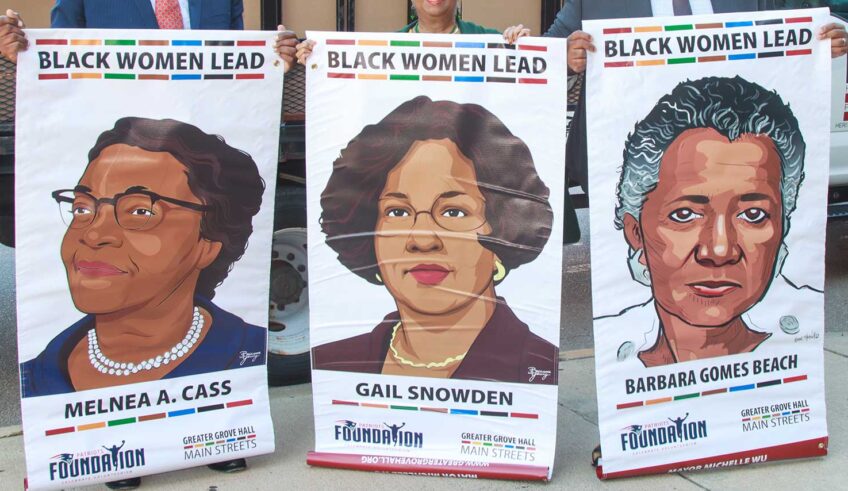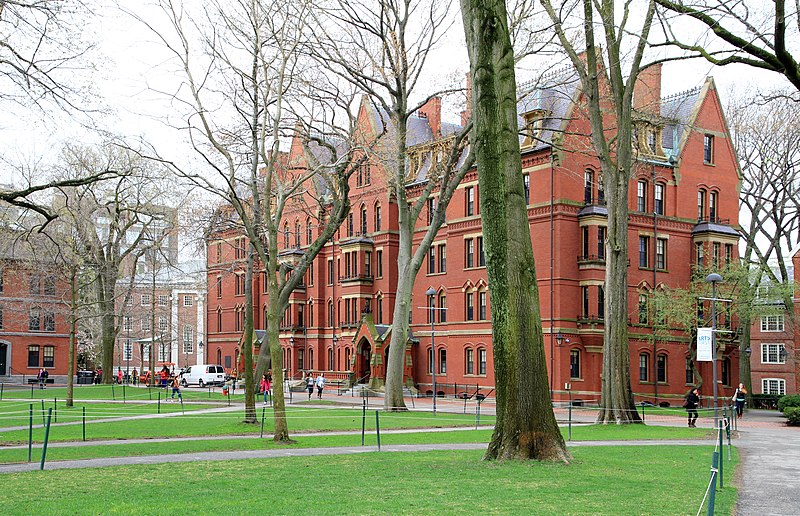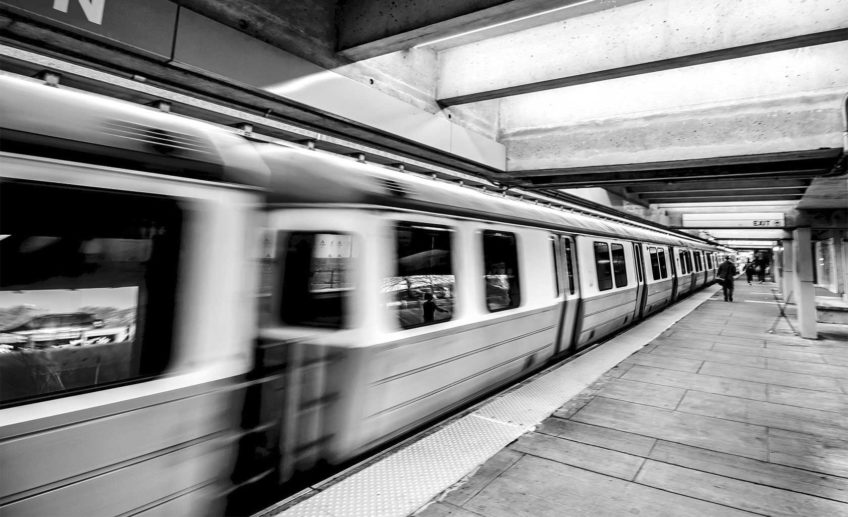Just when you thought that the subprime mess might be winding down, the truth is that it’s coming back with a vengeance. Even though Citibank recently received the largest penalty ever issued against a financial institution for subprime mortgage loans, toxic loans are showing up for another product: cars. As the New YorkTimes reports,banks are bilking working poor communities of color to the tune of billions. Sadly, they are the latest reason why America should have brought the banks to heel when it had the chance at the height of the financial crisis. Instead the nation propped up the banks and millions are back in a lurch.
As the Times reports, subprime auto products “have risen 130 percent in the five years since the immediate aftermath of the financial crisis.” If loans continue to be issued at the same rate as this year’s, they will reach $600 billion in 2014 alone.
Just what’s brought subprime loans back to life? The answer lies in the origins of the first crisis and the many parallels that this new one has to the old.
The problem is that families haven’t had the opportunity to heal from the last subprime mess. With more than 13 million foreclosures impacting nearly 40 million individuals, personal balance sheets are still recovering. That’s because foreclosed debt weighs down credit scores for nearly a decade. Low credit scores lock out borrowers in need from traditional, non-predatory loans. The legacy of the original subprime crisis is to make once creditworthy people vulnerable to the latest subprime push.
And those most at risk are black and brown. Since people of color with excellent credit before the financial crisis were up to 70 percent more likely to be steered into subprime mortgages—and then foreclosed upon—than white borrowers with similar credit scores, the original subprime mess wrecked both the wealth and credit of black and Latino communities. Not only has the loss of millions of homes sent the level of black and brown wealth to the lowest on record, it’s tanked the credit profile of these borrowers. We’ve arrived at the point now where three out of out four African-Americans have subprime credit scores of 620 and less. Not surprisingly, lenders are pushing the latest predatory loans on anyone with a credit score of 640 and under.
With the millions of new subprime borrowers that the 2008 meltdown created, it’s no surprise that the finance industry is off to the races. As Mother Jones put it, banks “are pooling bad loans just as subprime mortgage lenders did, and then slicing them up and selling them to investors including hedge funds and pension funds.”
As with subprime mortgages, lenders are squeezing borrowers of subprime auto loans in almost every way imaginable. The interest rate on these loans can be up to five times higher than standard-rate loans. Not only can interest rates hover at 20 percent, but subprime loans are often twice or even three times what the car is worth. Financial institutions are profiting from the vulnerable by charging them an exorbitant interest rate on a sky-high principal.
Fraud is likely at work. Loan representatives at dealerships mislead consumers to believe that the high payments will diminish over time. They also help juice the credit applications of potential borrowers and create income for borrowers out of thin air. The New York Times reported that the paperwork of one applicant, Social Security recipient Rodney Dunham, said that he made $35,000 a year—from a job that he’d held 30 years ago. “I’m not sure how I got the loan,” he told the Times.
And just like the last subprime go-round, independent agencies like Standard & Poor’s that are supposed to rate the soundness of these products impartially have given some institutions the green light. Their stamp of approval has provided the necessary cover for some of the worst subprime mortgage offenders like Wells Fargo to get in on the subprime auto game with no looking back.
The reason why borrowers apply and accept these loans is not a surprise. Having been victims of the original meltdown, subprime auto loans are often the only option for getting a car. Automobiles remain the No. 1 transportation method in America, so having access to a car is essential. Applicants for low-wage hourly work are often asked in interviews whether they have reliable transportation to and from work. The choice is often stark: Take the loan or fall further behind. The sad part is that these financial products ultimately create a no-win situation for the nation’s working poor.
But why do banks and other financial institutions underwrite and invest in them? The answer is because they are wildly profitable. The high interest rates and principals provide double-digit returns in the short term. Because banks report profits every three months, what might happen next year is a distant thought. The business community calls it the “tyranny of the quarter” where companies do whatever is necessary to juice profits in three-month chunks.
The broader point here is that traditional banking is a slow growth business. Low interest rates and less borrowing mean lower profits. At a time when average Americans are worse off than they’ve been in nearly four decades, banks are seeking creative—and in this case deceptive— ways to amp up the bottom line.
The only problem is that profits, yet again, are coming at the expense of those who can least afford them. Given the regulatory power that exists in Washington, preying on the working poor can be stopped. But that would mean taking on the banks—something that those with real power refuse to do.
Imara Jones is the Economic Justice contributor for Colorlines.com. Originally published on Colorlines.com






